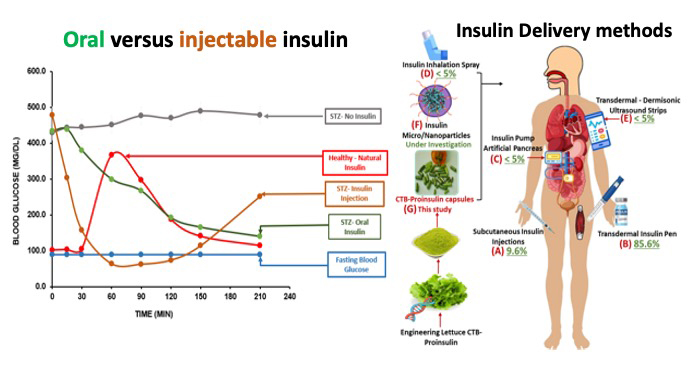Effective Diet & Nutrition Plans for Blood Sugar Management
Evidence-based strategies to control glucose levels, prevent complications, and improve your quality of life through smart food choices. Learn about normal blood sugar levels, discover natural ways to lower blood sugar, and explore effective exercises for blood sugar management.
Key Takeaways
| Topic | Key Point | Action |
|---|---|---|
| Carbohydrate Management | Focus on high-fiber, low-glycemic options | Spread carbs evenly throughout day |
| Fiber Intake | Target 25-38g daily from whole foods | Slows digestion, aids control |
| Meal Timing | 3 meals spaced 4-6 hours apart | Prevents spikes and crashes |
| Plate Method | 50% veggies, 25% protein, 25% carbs | Simple portion control |
| Global Impact | 590 million adults have diabetes (2025) | Prevention through diet is crucial |

